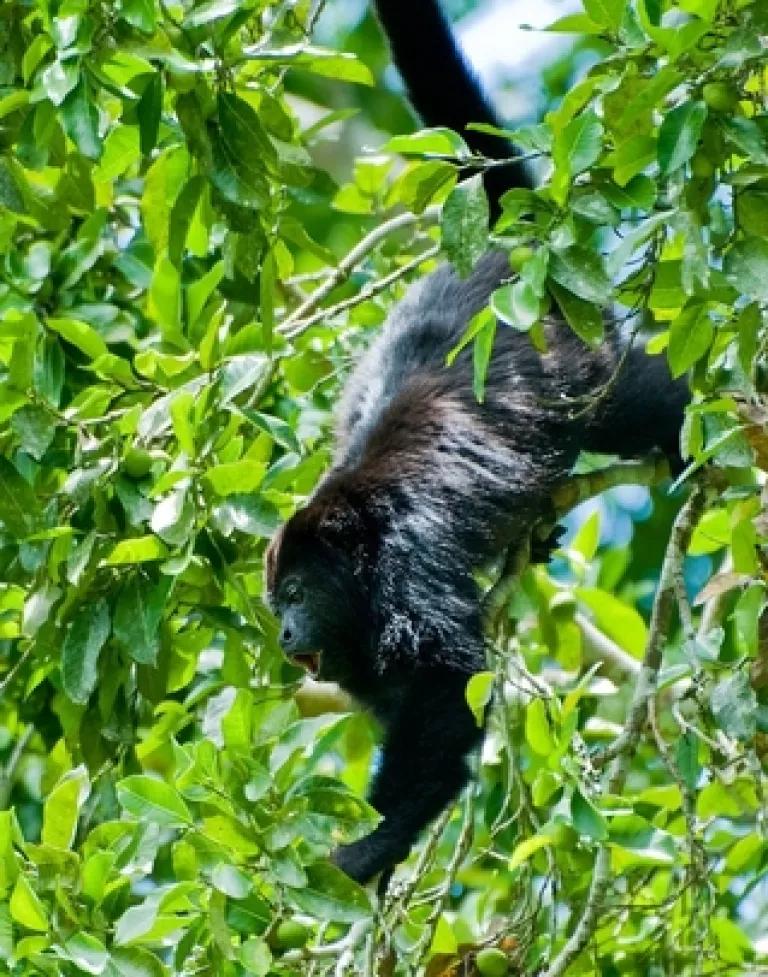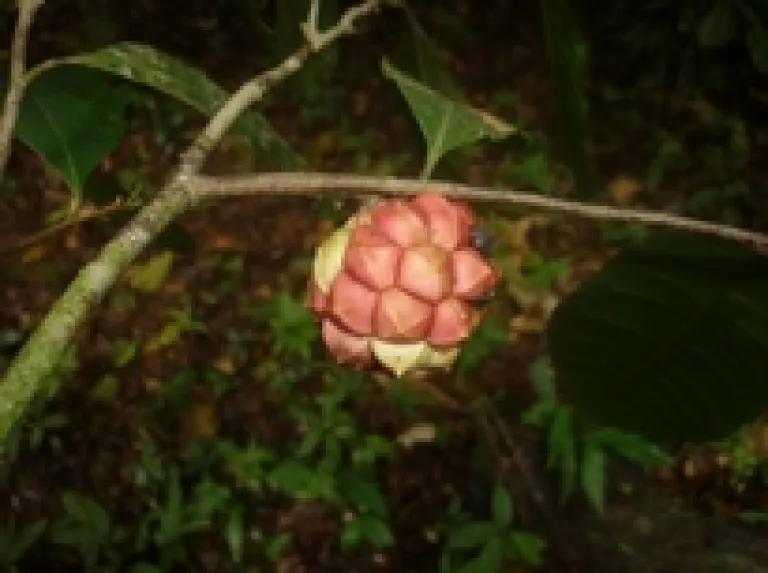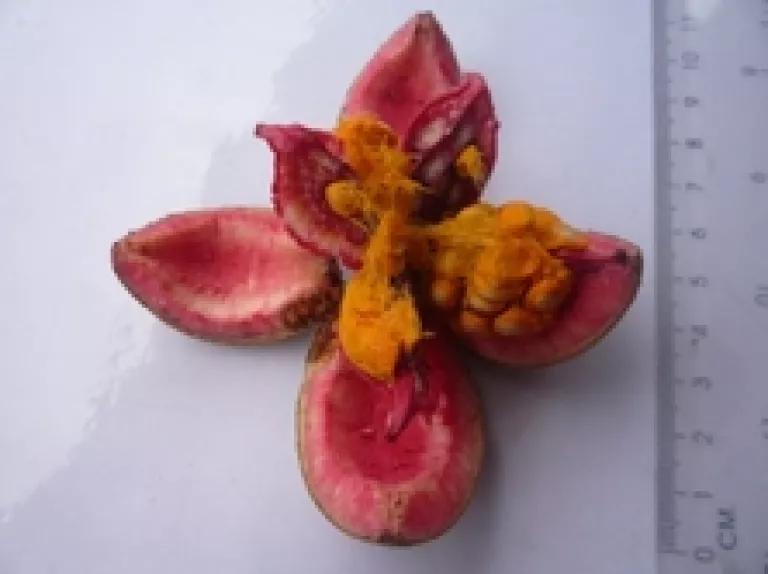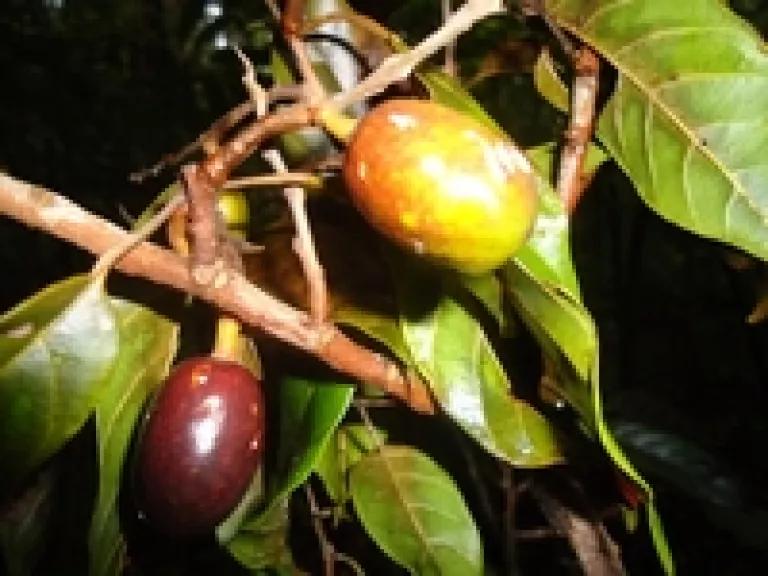
Through our member-supported Revive a Rainforest project in Costa Rica, we’re helping to keep the Osa Peninsula wild! Here’s a guest blog from our partners on the ground about how restoring forest diversity strengthens at risk habitat for some of the Osa’s most spectacular wildlife.
Juan Manuel Ley López is a biologist from the University of Costa Rica with several years of experience as a field botanist and ecologist. He has spent the past year working with NRDC’s partner Osa Conservation on the Revive a Rainforest project to collect and propagate seeds from trees native to the Osa Peninsula.
Tropical forests cover less than two percent of the planet’s surface but are home to more than 50 percent of existing species. Yet every year we lose thousands of hectares of primary forest to make way for crops and livestock, and to logging and development. Costa Rica, despite its small size, is one of the most biodiverse countries in the world. And while the Osa Peninsula is home to the largest tracts of intact forest in Costa Rica, it has also suffered from intense degradation from agriculture, cattle farming and exotic species plantations. Lying on the southwestern coast, the Osa’s mangrove lined coasts and incredible biodiversity have, for decades, been under growing pressure and in need of protective measures.
There is now a great urgency to protect and reforest the Osa given the large number of
species that require mature forests to survive. Spider monkeys, jaguars and peccaries are just some of the animals whose place in the food chain and dietary needs make them dependent on expansive, mature forests. If you add to that birds, reptiles and amphibians (and on top of that plants and insects) the list would be endless. The tiniest insect, colorful bird, stealthy puma and the giant, towering Ajo tree, all have one thing in common: their existence depends upon healthy, viable, old growth forest.

Howler monkey eating the fruits of a Moraceae Tree
That’s why Osa Conservation, in partnership with the Natural Resources Defense Council, is undertaking the most expansive forest restoration efforts in the Osa. The Revive a Rainforest campaign isn’t simply about planting trees. Instead Osa Conservation is linking isolated patches of forest so plant species can disperse; reforesting open areas and exotic plantations; and protecting rare tree species—all designed to create suitable environments for wildlife, allowing them to thrive in increased ranges. We’re also working to monitor wildlife populations along the way so that lessons learned here can be used to help restore healthy forests and wildlife habitat elsewhere.
To reach our goal of reviving the rainforest, we utilize over 80 species of trees, which are hand collected, identified and propagated in our nursery so that diversity may continue to support diversity. Each tree species plays a unique role in feeding and supporting local fauna and wildlife. And we employ a botanical approach, wherein many hours are spent traversing stretches of magnificent primary forest in search of precious fruits and seeds of rare and endemic trees. With a keen botanical eye, sufficient taxonomic knowledge and some luck, these fruits can be plucked or collected from the forest floor before they disappear in the hands of an efficient spider, howler, squirrel or capuchin monkey swinging through the forest canopy.



Minquartia guianensis(Olacaceae) is one of the most exploited tree species in the Osa Peninsula due to the high quality of its wood.
From January to March one could spend a whole day under a fruiting Baco Tree observing monkeys, the same monkeys that, a few months later, will move on to the ripening fruit of the Dorada tree and then on to the Ojoche. Scarlet Macaws and Red-lored Parrots in turn will feed on the dry fruits of the Sura and Nazarene trees (which the monkeys cannot eat) in the dry season and the Chiricano Alegre in the rainy season.
Osa Conservation believes that this biodiverse approach to reforestation is crucial for long term success to revive tropical forests and provide a rhythmic dinner bell for so many of our favorite forest dwellers.
Photo Credits: Osa Conservation

